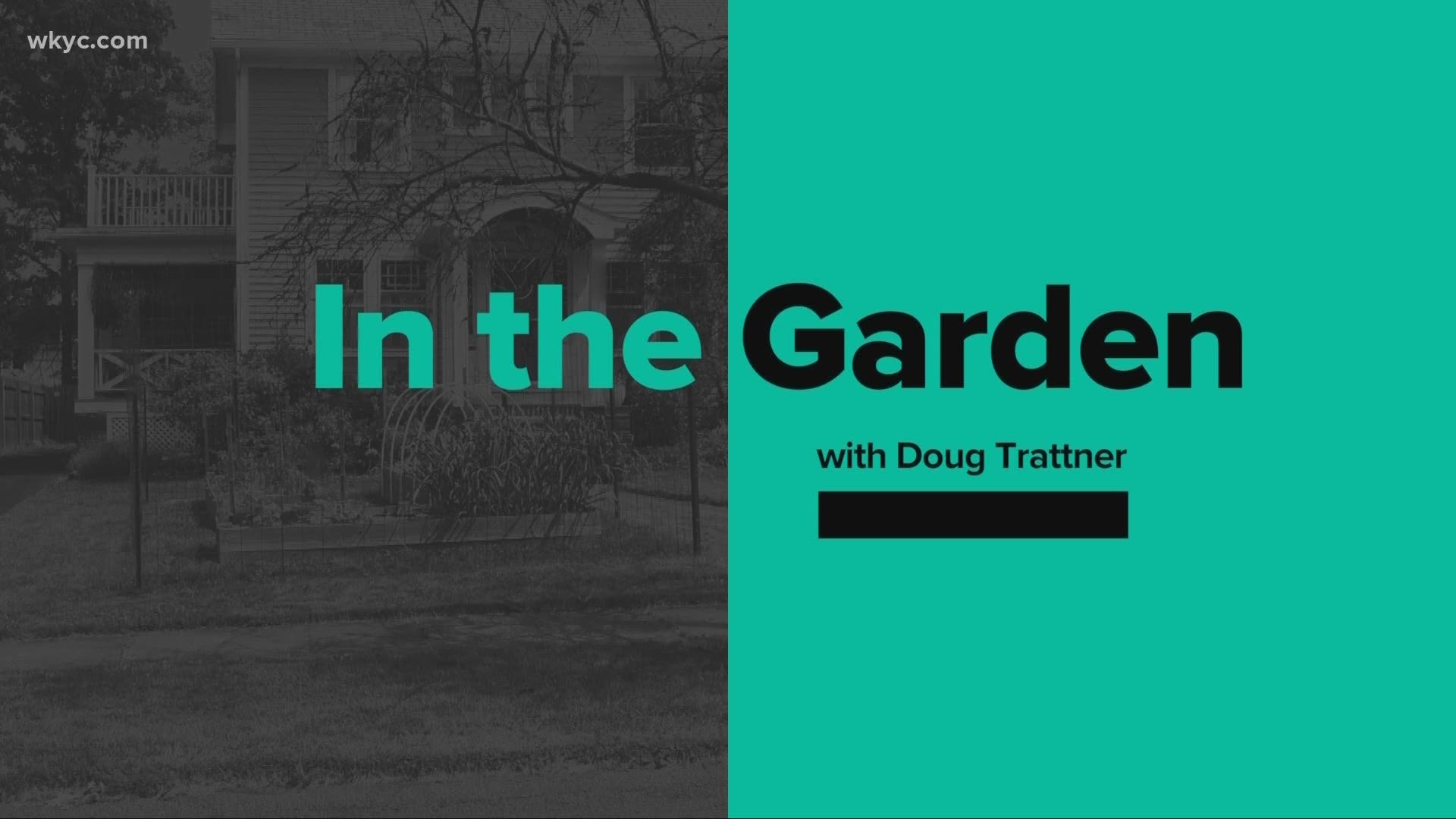CLEVELAND — I am not a professional gardener. I would not even characterize myself as a great gardener. But every year, I grow, I learn and I get a little better.
After appropriate sun and good soil, both of which are essential for healthy plants, other simple practices can be employed to give your vegetable gardens a significant boost.
Undercover
Because of Northeast Ohio’s short spring growing season – which seems to go from snow to sizzle in mere weeks – I like to employ a low tunnel, sometimes called a hoop house or poly tunnel depending on the size. This very simple construction of PVC conduit and plastic sheeting acts like a greenhouse for your garden bed. On sunny days, the temperature inside can easily climb to 30, 40 and even 50 degrees warmer than the ambient air temperature.
Low tunnels are ideal for getting spring crops like lettuce, spinach, radish, and peas in the ground as early as February. On warm spring days the ends can be opened to prevent overheating, and when the weather breaks for good, the plastic is removed and stowed for fall, when it can be used to extend that growing season well into winter.
Drip, Drip, Drip
Free water in the form of precipitation is the best, but the rains don’t always cooperate with our plants’ needs and growing schedule. Drip irrigation is the best way to deliver the right amount of water where plants need it most: at the roots. This method loses less water to evaporation and it keeps the leaves of the plants dry, avoiding sun burn and moisture-related diseases.
There are various types of emitters that work best for different applications. Big drinkers like tomatoes do best with button drippers while veggies that grow in rows like radishes, carrots and beets do best with dripline tubing that can be rolled out as long as needed. It’s a good idea to establish different zones for various garden beds that have disparate water needs so that you don’t have to water everything or nothing.
By connecting your drip irrigation system to a simple watering timer, you can program what time, how often, and for how long the water will run – even if you’re out of town.
Keep ‘Em Coming
In a small garden like mine, every inch counts. That’s why I rely on succession planting. Instead of planting an entire row (or rows) of a particular crop like radishes, lettuce, corn and beets, you plant one section every couple weeks or so. That way the plants mature at different times, preventing the all-or-nothing problem.
Succession planting also is used to transition a space from one crop to another in the same growing season. As radishes, lettuces and greens like arugula start wilting and bolting in the hot summer sun, that space is turned over to heat-loving crops like bush beans, cucumbers and peppers.
Mulch It!
As Cleveland summers continue to get hotter and hotter, mulching becomes more and more important. A good layer of mulch prevents weeds from growing, retains moisture in the soil, and helps keep roots cool on sweltering days and nights. But the right kind of organic mulch also breaks down over time, feeding the soil and next year’s plants well into the future.
More from Doug Trattner

